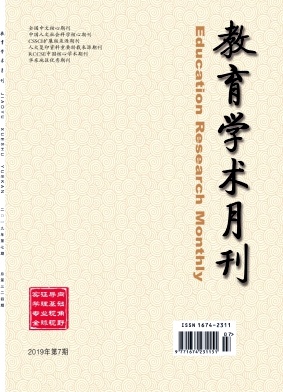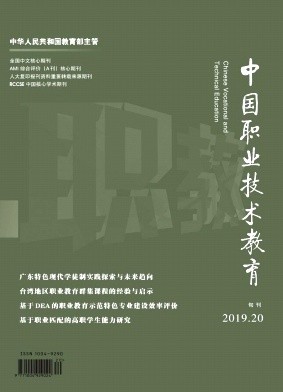摘要 采用基于密度泛函理论的第一性原理计算方法,运用Materials Studio 8.0软件中的CASTEP模块,计算纯NaTaO3体系、N、Fe单掺NaTaO3体系及Fe-N共掺杂NaTaO3体系的能带结构、能态密度和光学性质.计算结果表明:掺杂前后NaTaO3体系均属于直接跃迁类型,所有掺杂体系的禁带宽度均小于纯NaTaO3体系,并且N单掺NaTaO3体系的费米能级穿越价带呈p型半导体特征;在光学性质方面,N单掺NaTaO3体系的吸收光谱发生红移现象,这有效扩展了对可见光的响应范围,掺杂后NaTaO3体系的静介电常数大于纯NaTaO3体系的静介电常数,因此其对电荷的束缚能力增强. This paper adopts the first-principles calculation method based on density functional theory and uses the CASTEP module in Materials Studio 8.0 to calculate the energy bands of pure NaTaO3 system,N and Fe single doped NaTaO3 system and Fe-N doped NaTaO3 system Structure,energy state density and optical properties.The calculation results show that the NaTaO3 system before and after doping belongs to the direct transition type,the band gap of all doping systems is smaller than that of the pure NaTaO3 system,and the Fermi level of the N-doped NaTaO3 system is p-type semiconductor characteristics across the valence band.In terms of optical properties,the absorption spectrum of the N-doped NaTaO3 system has a red shift phenomenon,which effectively expands the response range to visible light.The static permittivity of the doped NaTaO3 system is greater than that of the pure NaTaO3 system,so the stronger its binding ability to charge.
机构地区 伊犁师范大学物理科学与技术学院 南京大学物理学院
出处 《伊犁师范学院学报:自然科学版》 2020年第4期18-23,共6页 Journal of Yili Normal University:Natural Science Edition
基金 伊犁师范大学研究生校级科研创新项目(YSD202005) 自治区研究生科研创新项目(XJ2020G299).
关键词 第一性原理 NaTaO3 能带结构 态密度 光学性质 first principles NaTaO3 band structure density of states optical properties
分类号 O43 [机械工程—光学工程]




